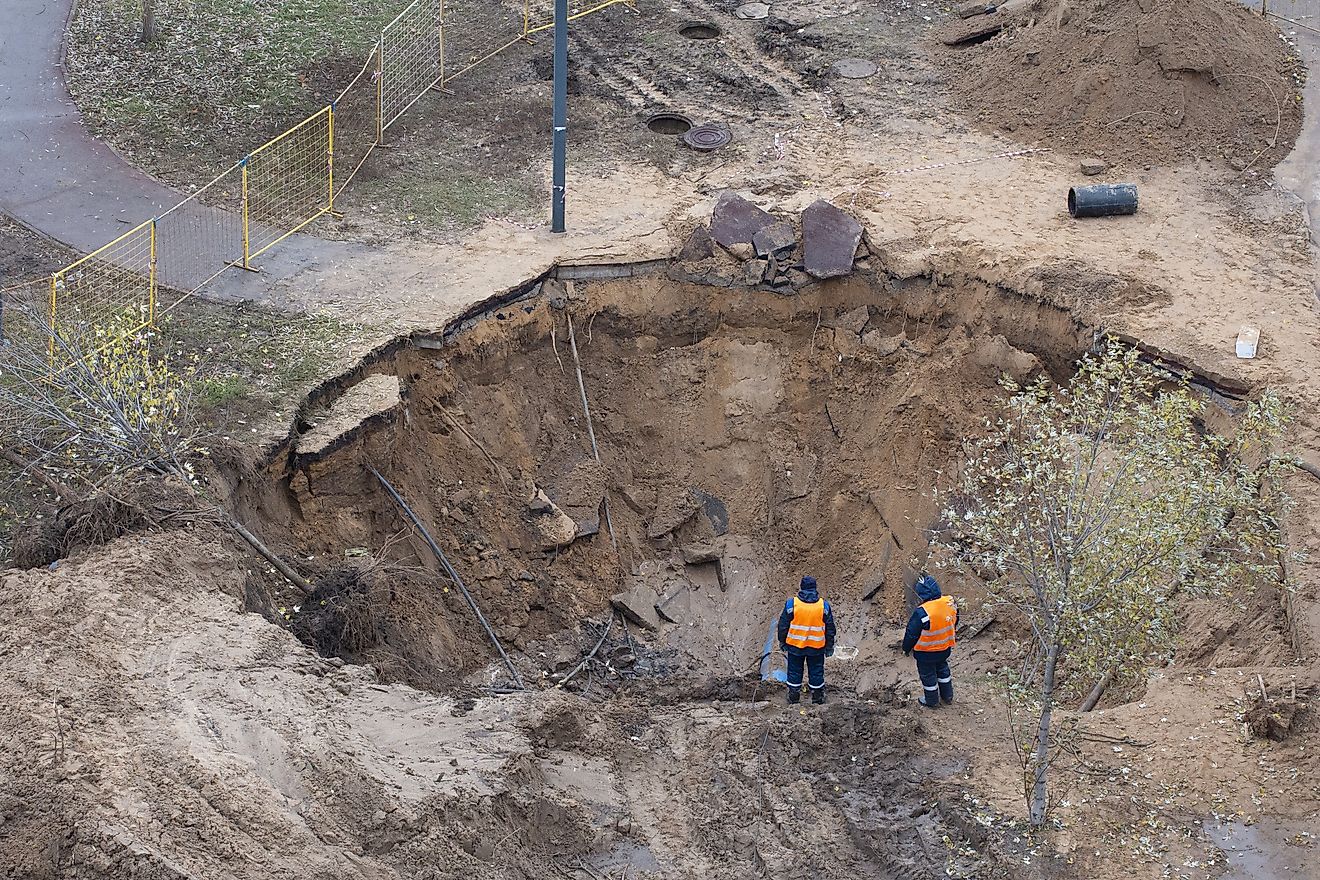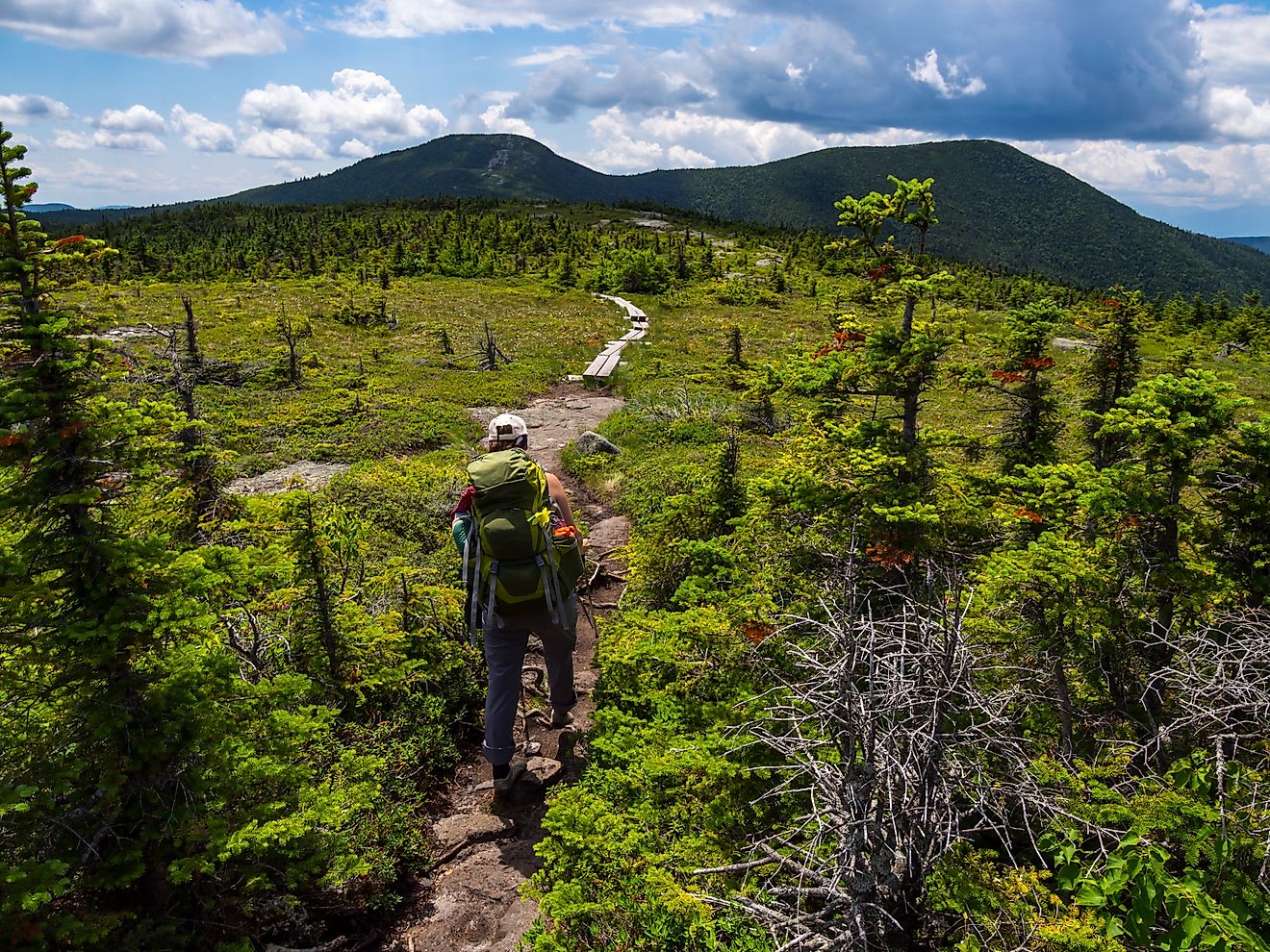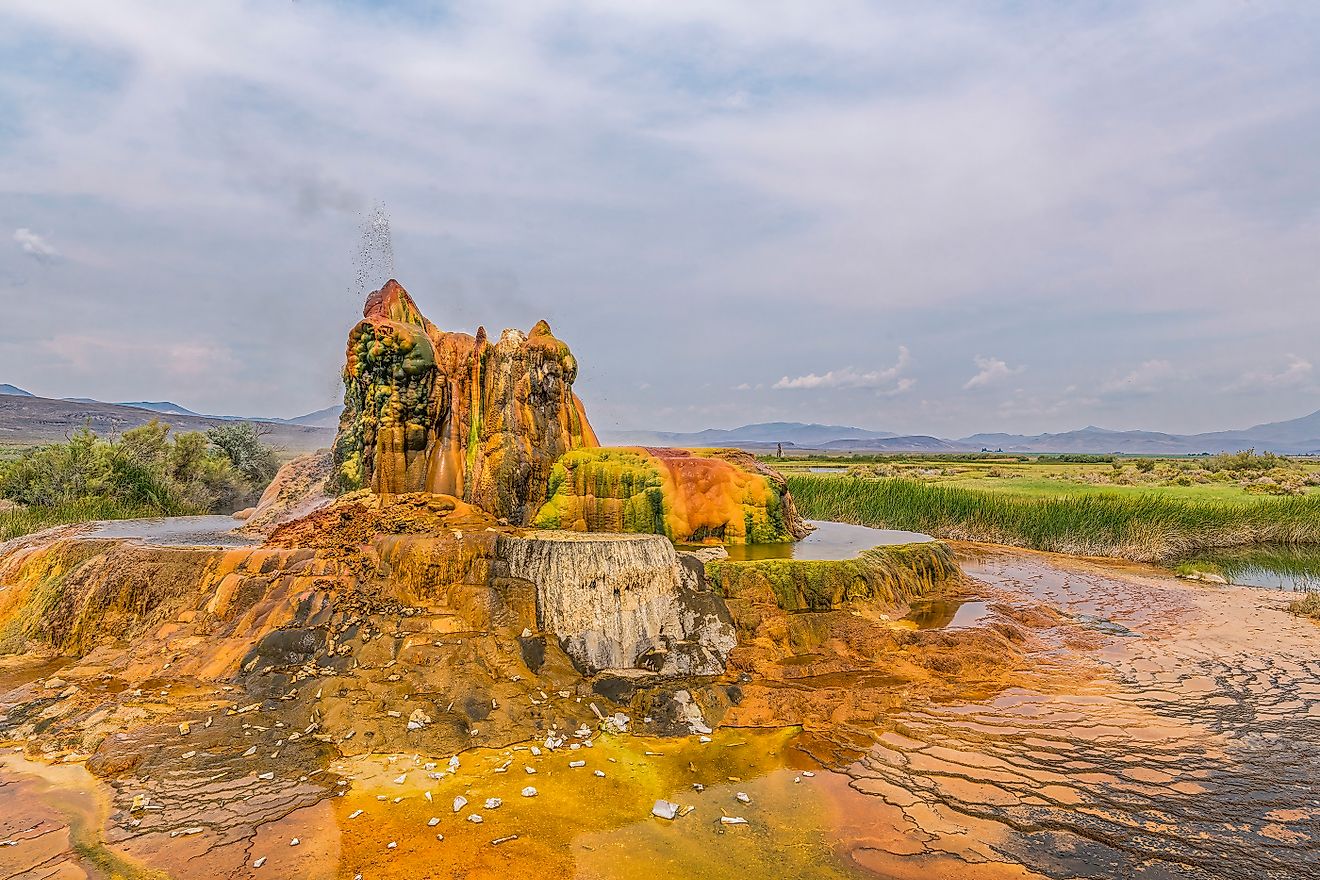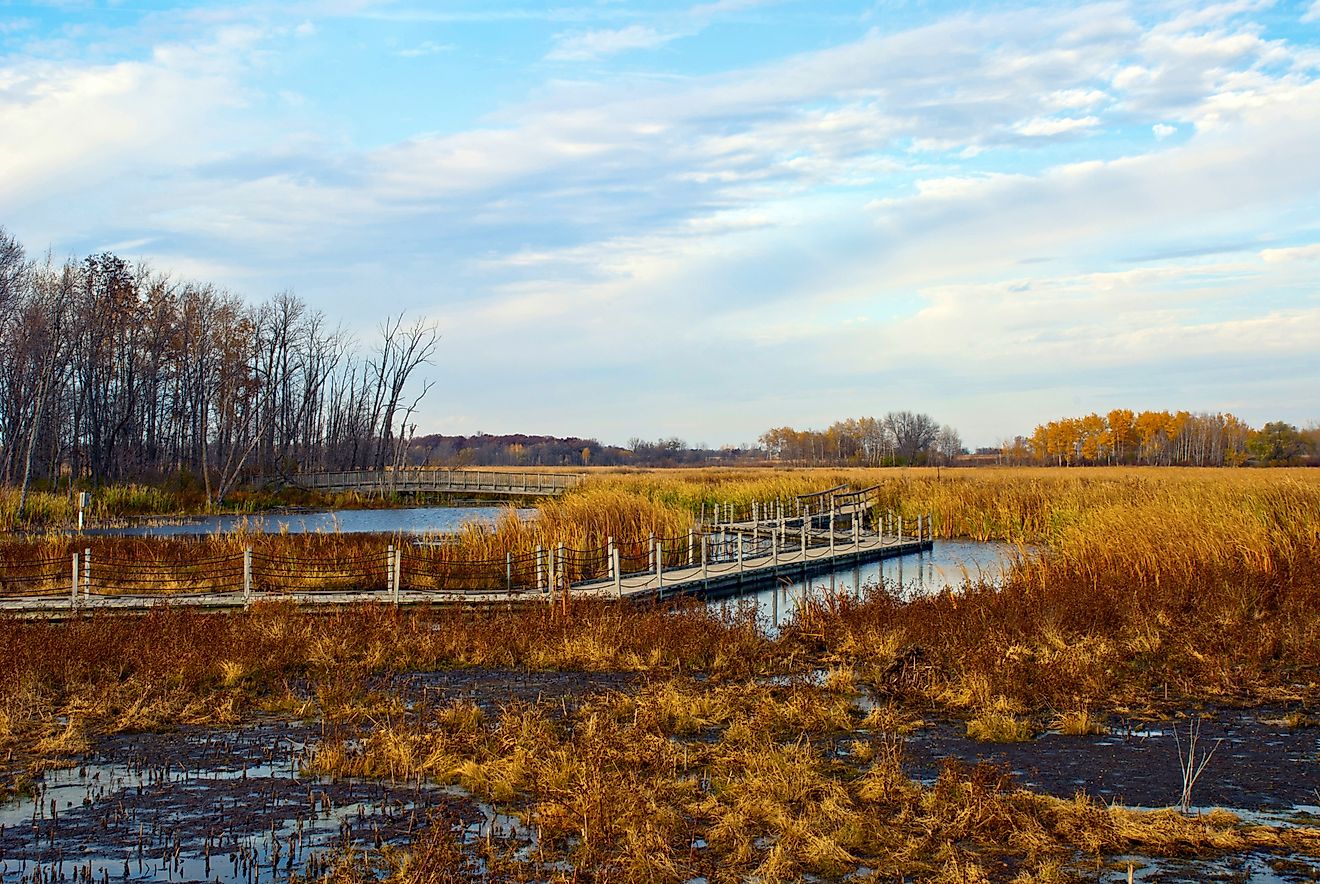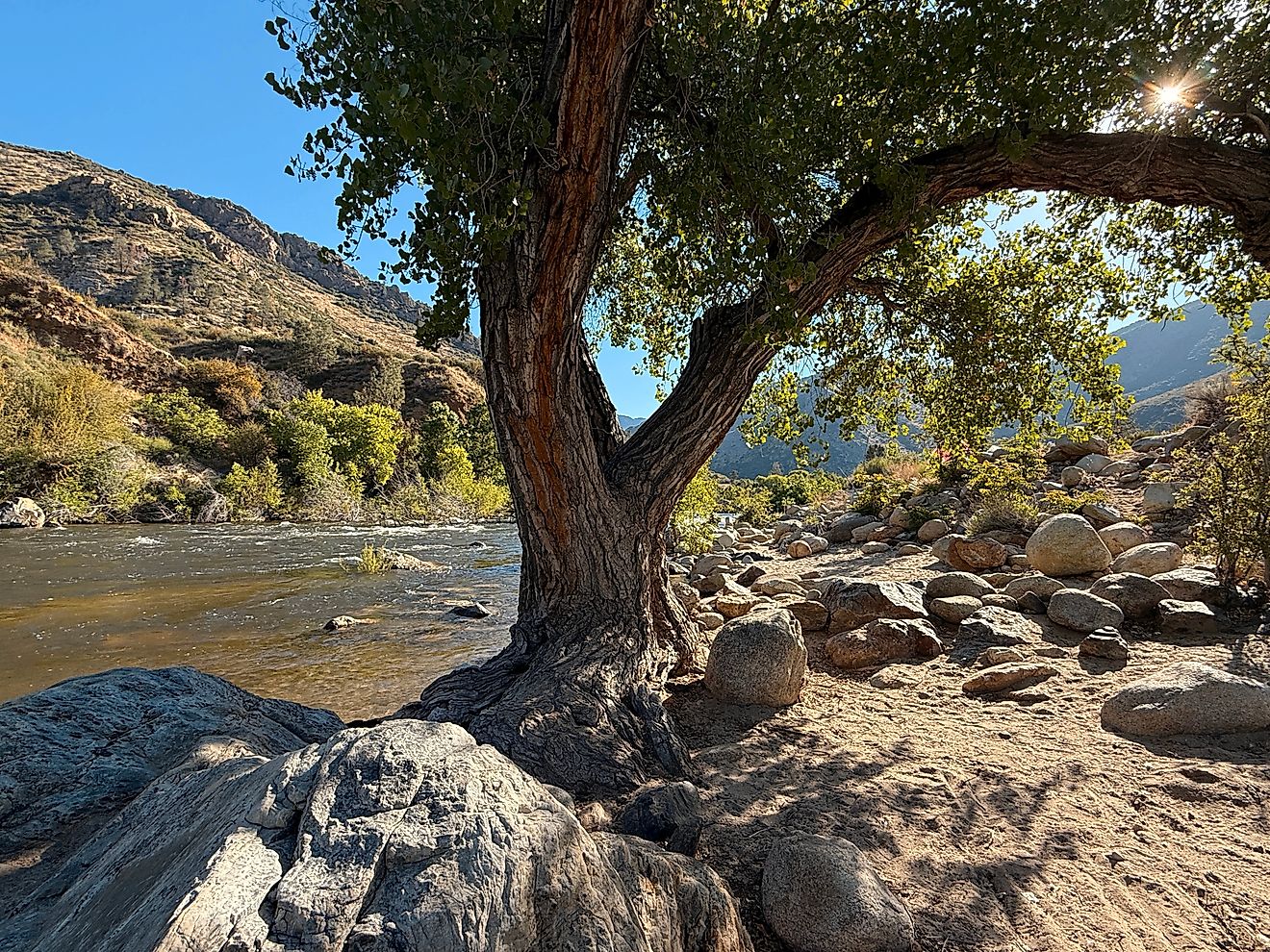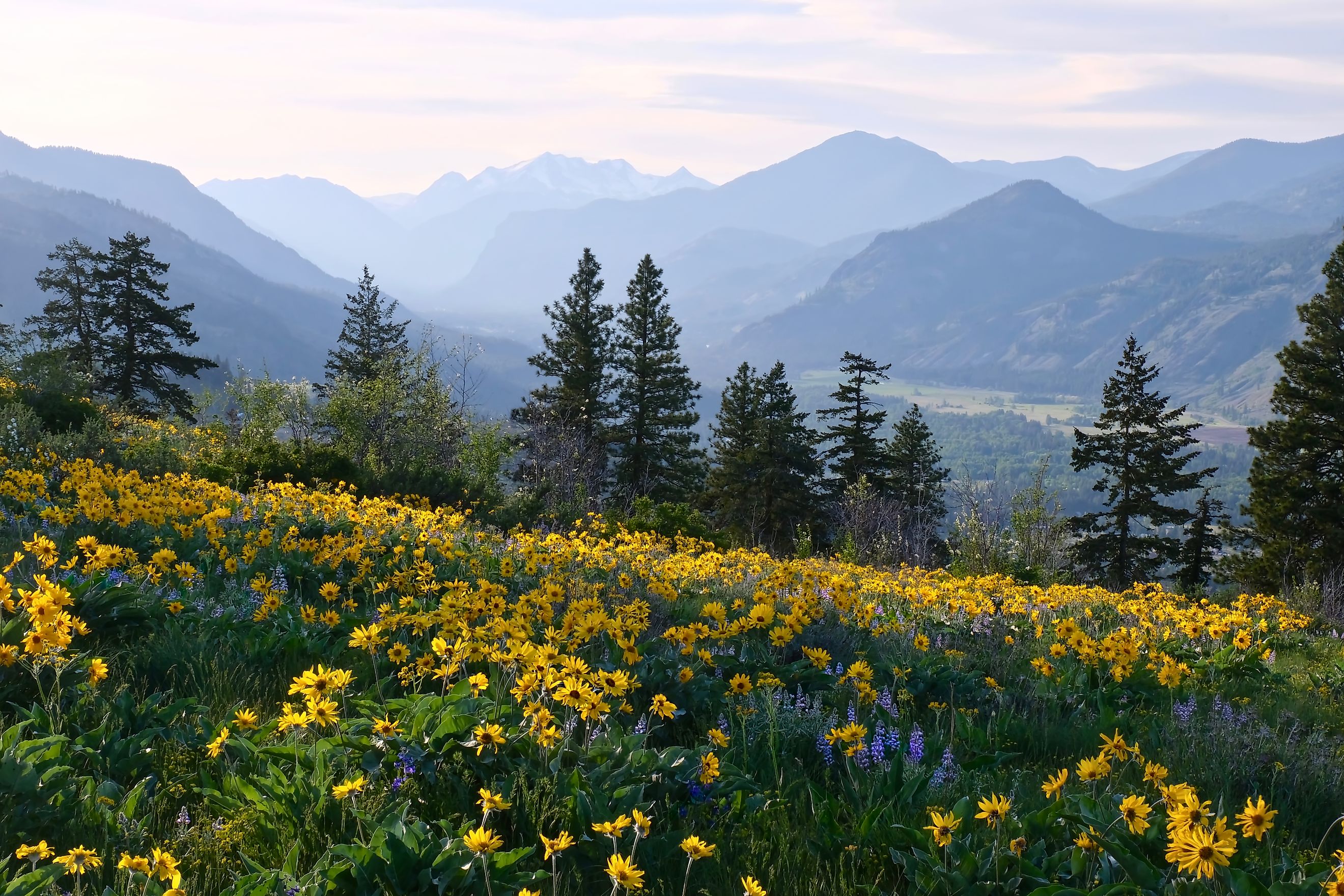
America’s Youngest Mountains (Still Rising Today)
When we think of mountains, we often picture ancient, stoic peaks worn smooth by millions of years of erosion. But not all mountains are relics of the past. In fact, some of America’s most iconic ranges are still in their geological youth — restless landscapes pushed upward by the raw forces of plate tectonics. These are mountains that haven’t stopped growing.
In geologic terms, “young” doesn’t mean decades or centuries — it means formations that began just a few million years ago or are still rising today due to active faulting, subduction, and volcanic activity. Thanks to GPS tracking and satellite data, scientists can now measure these subtle yet powerful movements, revealing which parts of the Earth are literally on the rise.
From the volcanic peaks of the Cascades to the earthquake-shaken slopes of the Alaska Range, these mountains are still being built, reshaped, and reborn. They offer more than breathtaking scenery — they’re snapshots of Earth’s restless energy, frozen in stone but never fully still.
Here’s a closer look at the youngest mountain ranges in the United States — the ones still making their way skyward.
The Alaska Range
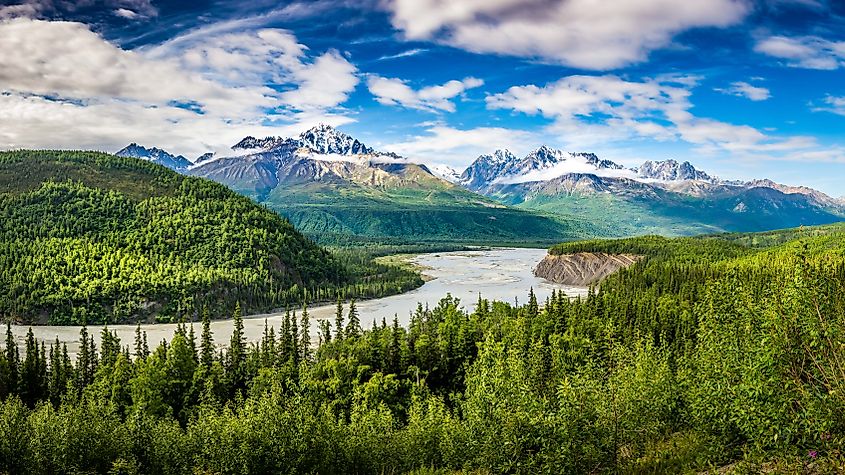
Location: Southcentral Alaska
Highest Peak: Denali (20,310 ft)
Approximate Age: ~6 million years
The Alaska Range is one of the most visually striking and geologically active mountain systems in North America. Dominated by Denali, the highest peak in North America, this range is still rising due to the ongoing collision between the Pacific and North American tectonic plates.
The region is a hotspot for seismic activity, which directly contributes to the mountain-building process. Scientists have recorded uplift rates in the Alaska Range of up to 1 inch per year in certain areas — a significant rate in geological terms.
Denali itself is not only tall but also dramatic in its vertical rise from the surrounding plains — a staggering 18,000-foot relief, more than any other mountain in the world. Climbers and scientists are drawn to Denali and its neighboring peaks for their remote beauty and geological importance.
What makes it young: The Alaska Range began forming around 6 million years ago — relatively recent in geologic time. Its jagged, steep peaks, active glaciers, and frequent earthquakes indicate it's still very much in the making.
The Cascade Range
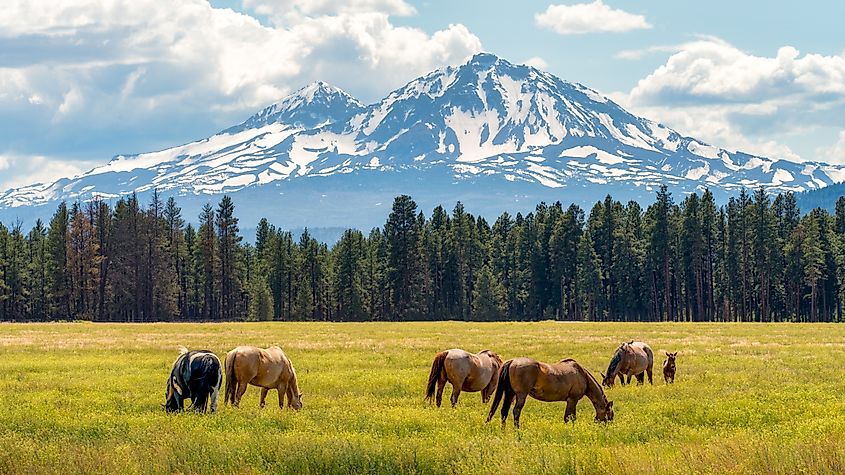
Location: Washington, Oregon, Northern California
Highest Peak: Mount Rainier (14,411 ft)
Approximate Age: Less than 2 million years
The Cascades are a volcanic arc, part of the Pacific Ring of Fire, and are among the youngest mountains in the United States. Many of the peaks here are active or dormant volcanoes, including Mount St. Helens, Mount Rainier, and Mount Hood.
This region is driven by the subduction of the Juan de Fuca Plate beneath the North American Plate. As magma rises through the crust, it creates new volcanic features and contributes to the uplift of the surrounding terrain.
Notable eruptions: The 1980 eruption of Mount St. Helens dramatically reshaped the mountain and demonstrated the ongoing geologic activity that characterizes the range. It reduced the mountain's height by over 1,300 feet and left a mile-wide crater, providing a rare opportunity to study how quickly landscapes can evolve.
Mount Rainier, still active, is closely monitored due to its potential to produce dangerous lahars — volcanic mudflows that could reach heavily populated areas like Tacoma or Seattle.
What makes it young: The current volcanic landscape formed less than 2 million years ago. Mount St. Helens itself is less than 40,000 years old, making it one of the youngest major mountains in the US. The continued volcanism means the Cascades are literally being reshaped in real time.
The Sierra Nevada (Eastern Edge)
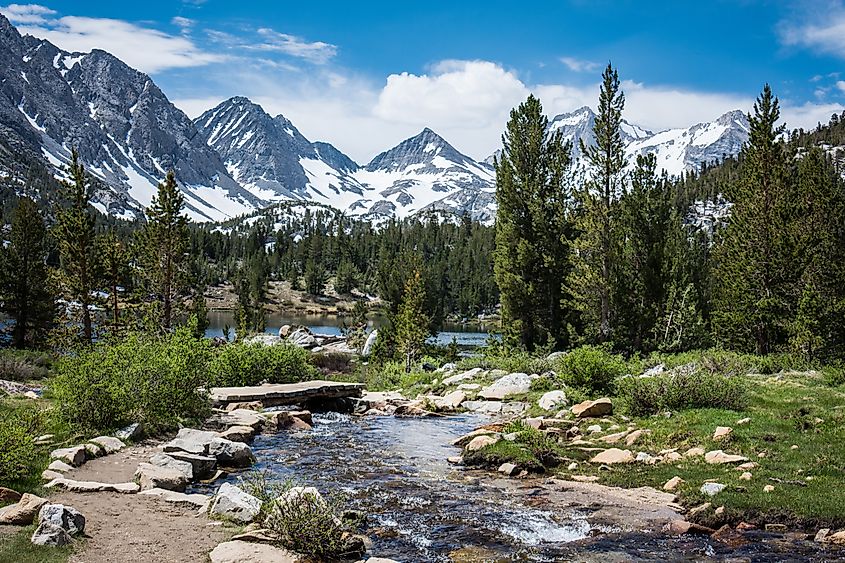
Location: Eastern California and Nevada
Highest Peak: Mount Whitney (14,505 ft)
Approximate Age: Uplift ongoing, with current tectonic activity <5 million years old
Though the Sierra Nevada as a range began forming around 40 million years ago, its eastern edge is currently undergoing active uplift. This process is driven by basin-and-range faulting and the continued stretching of the North American continent.
Geologists have measured modern uplift in this region at rates of up to 1 to 2 millimeters per year, especially near fault lines like the Eastern Sierra Frontal Fault. These shifts create striking landforms like the steep escarpment overlooking Owens Valley.
Recent earthquakes in the Ridgecrest area and ongoing seismic monitoring point to the potential for future tectonic activity to reshape the landscape further.
What makes it young: The ongoing rise of the eastern escarpment near Owens Valley is creating dramatic relief and is considered one of the best examples of active fault-block mountain formation. These movements are visible in the twisted strata and fresh fault scarps found throughout the region.
The Teton Range

Location: Northwestern Wyoming
Highest Peak: Grand Teton (13,775 ft)
Approximate Age: 6–9 million years
The Tetons are some of the most photogenic mountains in the United States, rising sharply without foothills. They're also among the youngest. Scientists estimate the range began to rise around 6 to 9 million years ago due to faulting along the Teton Fault.
Today, the valley floor of Jackson Hole continues to drop while the Tetons are uplifted, resulting in one of the most dramatic elevation changes in North America.
Modern movement: GPS measurements confirm that the fault is still active, contributing to about 1 to 2 millimeters of uplift per year. Major earthquakes have rocked the region in the past and will likely do so again.
The contrast between the snow-capped granite spires of the Tetons and the flat, lush valley of Jackson Hole below is geologically fresh — a snapshot of ongoing mountain-building that’s still incomplete.
What makes it young: The steep relief and fault-controlled uplift make the Tetons a textbook example of an actively rising fault-block range. With such young topography, landslides, rockfalls, and avalanches are frequent, highlighting the landscape's raw energy.
The Uinta Mountains (Eastern Edge)

Location: Northeastern Utah and Northwestern Colorado
Highest Peak: Kings Peak (13,528 ft)
Approximate Age: Uplifted ~70 million years ago; reactivated <2 million years ago
While most of the Uinta Mountains are older (around 70 million years), recent studies suggest that the eastern portion of the range is undergoing renewed uplift due to deep crustal processes.
Geologic reactivation: This uplift may be associated with the reactivation of ancient faults or changes in mantle convection beneath the region. Seismic imaging and GPS measurements suggest vertical movements that weren't previously recorded.
Additionally, the Uintas are unique among major US ranges in their east-west orientation, which makes their geological history more complex and still not fully understood.
What makes it young: Although the range overall is ancient, specific areas show signs of rejuvenation and tectonic reactivation. The eastern edge, in particular, is being closely watched by geologists for clues about the next phase of mountain-building in the Rockies.
The Wrangell Mountains
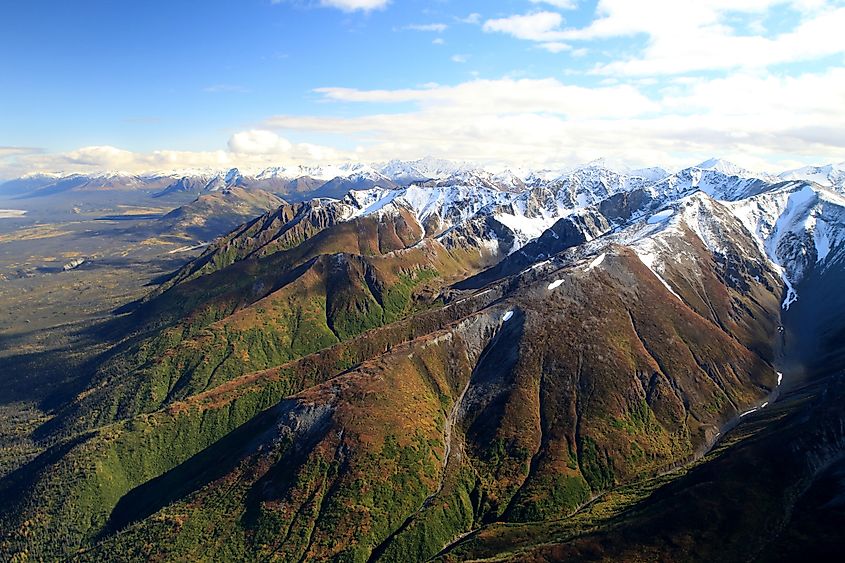
Location: Eastern Alaska
Highest Peak: Mount Blackburn (16,390 ft)
Approximate Age: Less than 5 million years
The Wrangell Mountains are a volcanic range in eastern Alaska, part of the same tectonic system that builds the Alaska Range. Their foundation is geologically young, with many peaks forming in the last few million years.
Mount Wrangell, one of the range's dominant peaks, is a massive shield volcano — one of the largest in North America — and it’s still considered active. It last erupted in the late 1800s, and steam vents at its summit continue to release heat today.
The range’s position between converging tectonic plates gives it complex geology, with overlapping volcanic and tectonic activity that continues to raise its peaks.
What makes it young: The presence of ongoing volcanic activity and uplift in the region places the Wrangell Mountains firmly among America's youngest and most dynamic ranges. Combined with rapid glaciation and erosion, the landscape is constantly being reshaped.
Why Are Some Mountains Still Rising?

Where Tectonic Plates Go for a Swim. The San Andreas fault runs straight through Tomales Bay. Elements of this image furnished by NASA.
Mountain building, or orogeny, is driven by plate tectonics — the slow but powerful movement of the Earth’s lithospheric plates. When plates collide, slide past, or subduct beneath each other, they create the pressures that fold, fault, and uplift rock into towering peaks.
In some places, like the Pacific Northwest and Alaska, these processes are particularly active due to the convergence of major tectonic plates. The resulting forces push mountain ranges upward, while erosion and glacial carving continuously reshape their surfaces.
GPS and satellite data have allowed scientists to track the real-time growth of mountains, confirming that several American ranges are still evolving. This technology has revolutionized our understanding of tectonics, revealing previously undetected movements in the Earth’s crust.
What This Means for Travelers
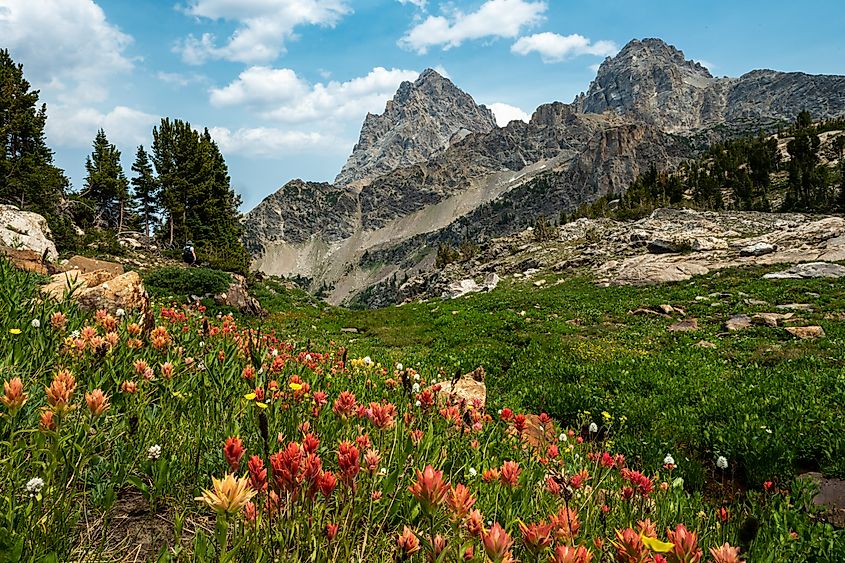
Visiting America’s youngest mountains isn’t just a chance to see spectacular scenery — it's an opportunity to witness geology in motion. From the fumaroles of Mount Rainier to the fault scarps of the Tetons, these landscapes are far from static.
Best places to experience this geologic dynamism:
-
Denali National Park (Alaska): Massive glaciers, moose-filled valleys, and raw tectonic beauty await.
-
Mount Rainier National Park (Washington): One of the most glaciated and hazardous volcanoes in the US.
-
Grand Teton National Park (Wyoming): Hike up close to fault lines and observe a range with no foothills.
-
Lassen Volcanic National Park (California): See mud pots, fumaroles, and bubbling geothermal pools.
-
Wrangell–St. Elias National Park (Alaska): Explore remote volcanoes and rising terrain larger than life.
Each of these parks offers not only recreational opportunities but also a glimpse into the Earth’s changing face.
The Earth Keeps Climbing
America’s youngest mountains tell a story that’s still unfolding. As tectonic forces continue to mold the landscape, they give us rare insight into the planet’s inner workings. These dynamic ranges are not only geological marvels but also a reminder that Earth's surface is alive and ever-changing.
Whether you're a hiker, geologist, or just someone who appreciates natural grandeur, the youngest mountains of the US are well worth your attention — and your footsteps.
As scientific tools improve and our understanding of Earth's movements deepens, one thing remains clear: the story of America's mountains is far from over. And for those who venture into their midst, the journey offers both awe and discovery.


